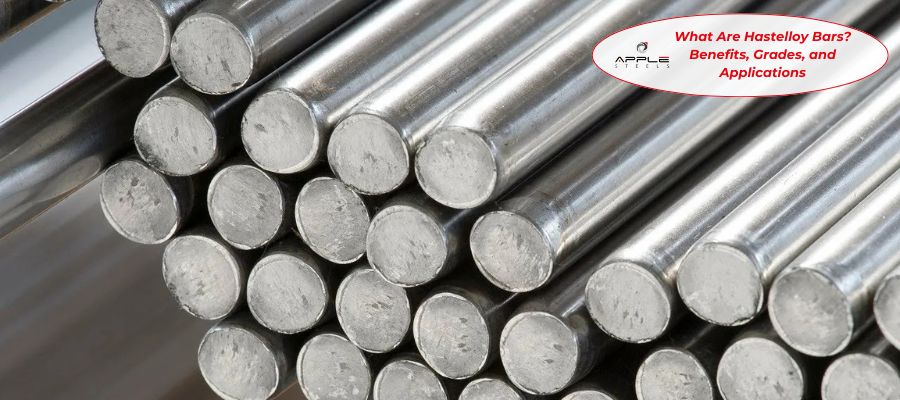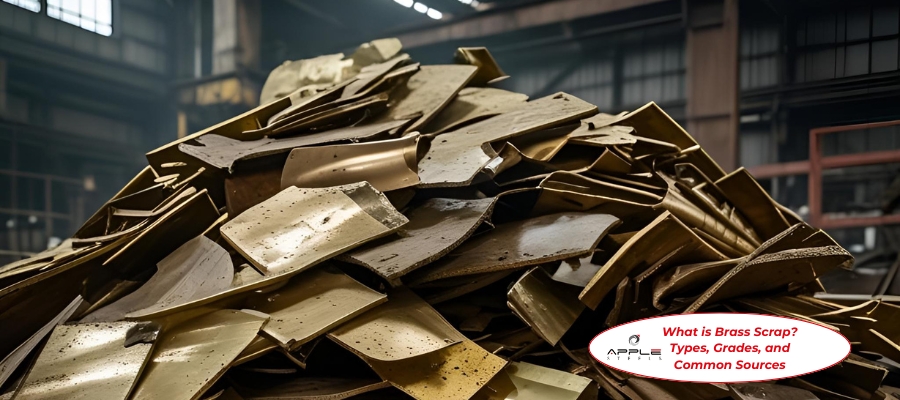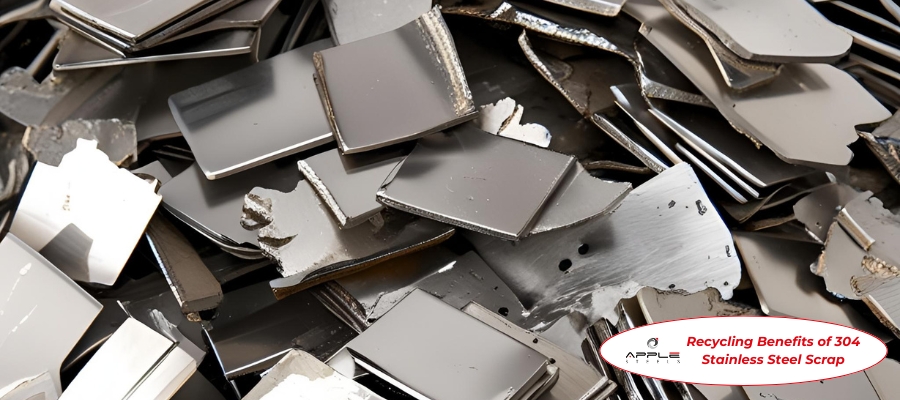Hastelloy bars are a vital component in industries where high performance and durability are non-negotiable. Known for their exceptional resistance to corrosion, high temperatures, and aggressive chemical environments, Hastelloy bars are engineered for extreme conditions. These bars come in various grades, with Hastelloy C276 and Hastelloy C22 being among the most popular due to their remarkable versatility and reliability.
In this blog, we’ll explore what Hastelloy bars are, the benefits they offer, and why they are indispensable in high-stress environments. Additionally, we will compare the two widely-used grades Hastelloy C276 and Hastelloy C22 and help you understand which grade is best suited for specific applications.
What Are Hastelloy Bars?
Hastelloy is a trademarked name for a family of corrosion-resistant alloys primarily made of nickel, with varying levels of molybdenum and chromium. These alloys are designed to endure harsh environments where traditional materials like stainless steel would fail. Hastelloy bars are specifically formed from these alloys and are widely used in manufacturing, chemical processing, aerospace, and marine industries.
The primary reason for choosing Hastelloy bars in critical applications is their ability to withstand severe conditions. They exhibit high resistance to pitting, crevice corrosion, and stress corrosion cracking, which makes them suitable for environments that involve harsh chemicals, high temperatures, and high-stress scenarios.
What is C276 Hastelloy?
Hastelloy C276 is one of the most popular grades of Hastelloy bars. It contains a high percentage of molybdenum and chromium, which provides outstanding resistance to a wide range of corrosive environments, including sulfuric acid, hydrochloric acid, and chlorine.
Some notable characteristics of C276 Hastelloy include:
- Corrosion Resistance: C276 offers superior resistance to both oxidizing and reducing environments, making it highly resistant to corrosion in a variety of chemical processes.
- Versatility: This alloy is used in diverse industries, from chemical manufacturing to pollution control systems.
- High Temperature Tolerance: It retains its strength even at elevated temperatures, making it ideal for applications such as heat exchangers and reactors in chemical plants.
Due to its ability to resist a broad range of corrosive substances, Hastelloy C276 is particularly effective in environments where exposure to harsh acids or aggressive chemicals is inevitable.
What is C22 Hastelloy?
Hastelloy C22 is another widely used grade of Hastelloy bars. It is slightly more versatile than C276 in terms of corrosion resistance. It is designed to withstand a broader range of chemical environments, particularly those involving chlorine and other halides. Hastelloy C22 contains a balanced mix of nickel, chromium, and molybdenum, offering exceptional resistance to pitting, crevice corrosion, and stress corrosion cracking.
Key characteristics of Hastelloy C22:
- Superior Corrosion Resistance: It performs excellently in both oxidizing and reducing environments, especially in chemical processes involving chlorides.
- High Strength: It is strong enough to withstand high-pressure systems, making it ideal for critical systems in chemical plants and power generation industries.
- Flexibility: C22’s corrosion resistance in seawater environments makes it the preferred choice for marine applications.
Hastelloy C22 is favored for situations where superior resistance to pitting and stress corrosion cracking is needed, especially when dealing with aggressive chemicals like acids, salts, and solvents.
Difference Between Hastelloy C276 & C22
While both Hastelloy C276 and Hastelloy C22 share many similar properties, they are designed to serve slightly different needs based on their chemical composition and performance in specific environments.
Corrosion Resistance:
- C276 has slightly better resistance to hydrochloric and sulfuric acids, making it more suitable for environments where these acids are prevalent.
- C22, on the other hand, excels in resistance to chlorine and other halides, making it the better choice for environments where chlorides are involved, like seawater or chloride-based chemicals.
Strength at Elevated Temperatures:
- C276 performs better at higher temperatures and maintains strength at temperatures up to 1900°F (1038°C).
- C22 has a slightly lower temperature tolerance but still offers impressive strength at temperatures up to 1500°F (816°C).
Applications:
- C276 is typically used in chemical processing industries, such as reactors, heat exchangers, and pollution control systems.
- C22 is often preferred in marine environments, aerospace applications, and chlorine processing systems.
In short, while C276 is ideal for aggressive environments with high acid concentrations, C22 offers superior resistance to chlorides and seawater, making it better suited for applications in marine and chloride-rich environments.
Advantages of Hastelloy Bars
Hastelloy bars offer a range of advantages that make them indispensable in industries requiring high-performance materials. Some of the key benefits include:
1. Exceptional Corrosion Resistance:
The most significant advantage of Hastelloy bars is their unmatched resistance to corrosion in highly aggressive environments. They can withstand exposure to acids, chlorides, and other corrosive chemicals, which would degrade traditional materials like stainless steel.
2. High-Temperature Stability:
Hastelloy bars maintain their mechanical properties at high temperatures, allowing them to be used in heat exchangers, combustion chambers, and other high-temperature environments without losing strength or integrity.
3. Longevity and Durability:
Thanks to their corrosion resistance and high-temperature strength, Hastelloy bars have a long service life, reducing the need for frequent replacements and thus lowering operational costs in industrial settings.
4. Stress Corrosion Cracking Resistance:
Hastelloy bars, particularly grades like C276 and C22, are resistant to stress corrosion cracking, making them ideal for high-stress applications such as pressure vessels, pipelines, and chemical reactors.
5. Versatility Across Industries:
Due to their durability, Hastelloy bars are used in a wide variety of industries, including aerospace, chemical processing, oil and gas, marine, and power generation.
Why Are Hastelloy Bars Used in High-Stress Environments?
Hastelloy bars are specifically engineered to excel in high-stress environments where corrosion and material degradation could lead to catastrophic failures. These environments typically involve exposure to:
- High Temperatures: Hastelloy bars retain their strength and integrity even at elevated temperatures, which is crucial for applications such as heat exchangers and furnace components.
- Corrosive Chemicals: Their resistance to a wide range of acids, alkalis, and other corrosive chemicals makes them invaluable in chemical plants, refineries, and waste treatment facilities.
- Pressure: Hastelloy bars can withstand high-pressure systems, such as those found in reactors, turbines, and power plants.
For these reasons, Hastelloy bars are frequently chosen for applications in which failure due to material degradation is unacceptable. Their superior performance under stress ensures the safety, efficiency, and reliability of critical systems in demanding industries.
Conclusion
Hastelloy bars are a cornerstone of modern industrial materials, providing the perfect solution for applications that demand resistance to extreme conditions. Whether you choose Hastelloy C276 for its strength in acidic environments or Hastelloy B2 for its resistance to chlorides, both materials offer unique advantages in high-stress environments. By understanding the material properties, advantages, and differences between the various grades of Hastelloy, you can make informed decisions on which alloy is best suited for your specific application.




